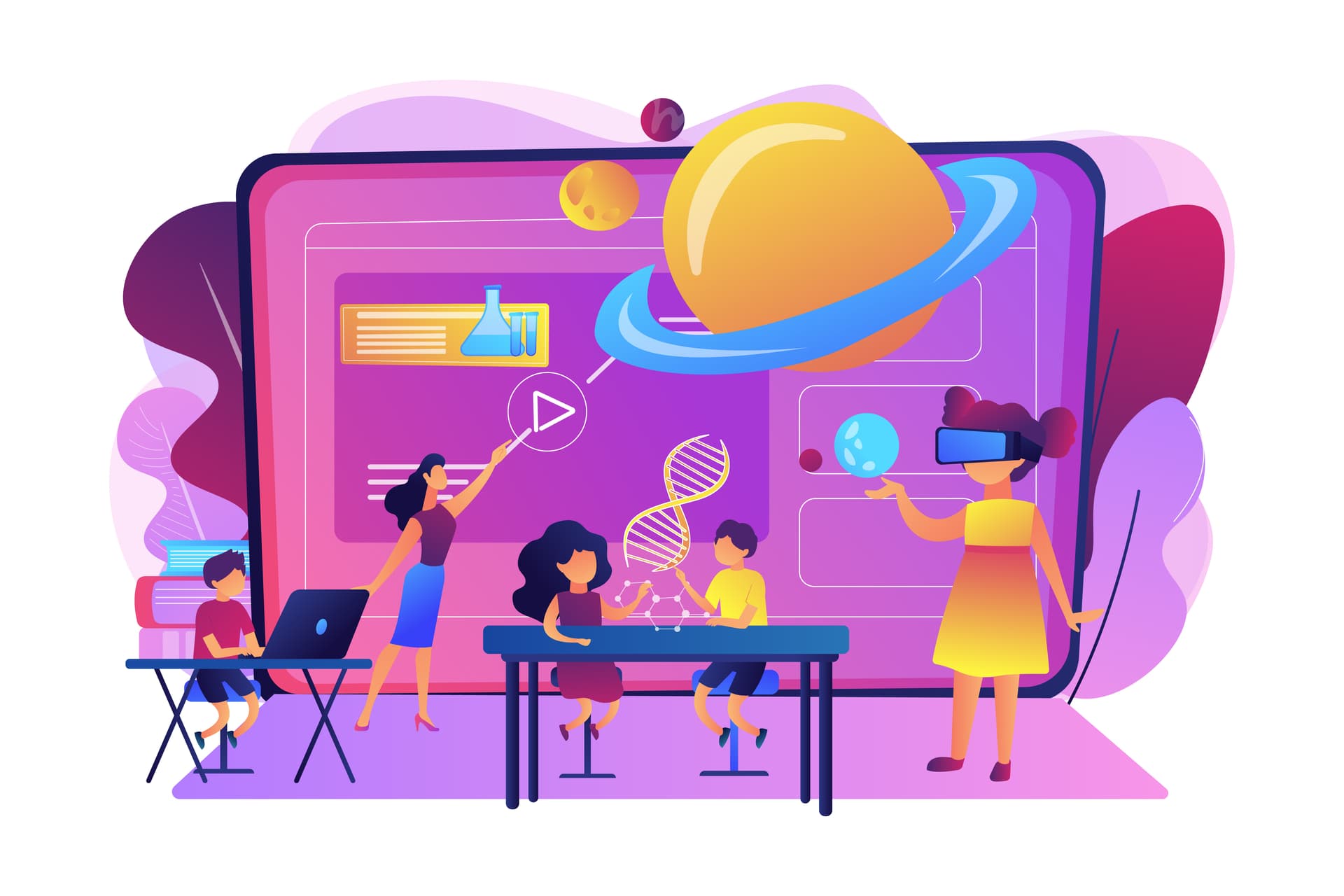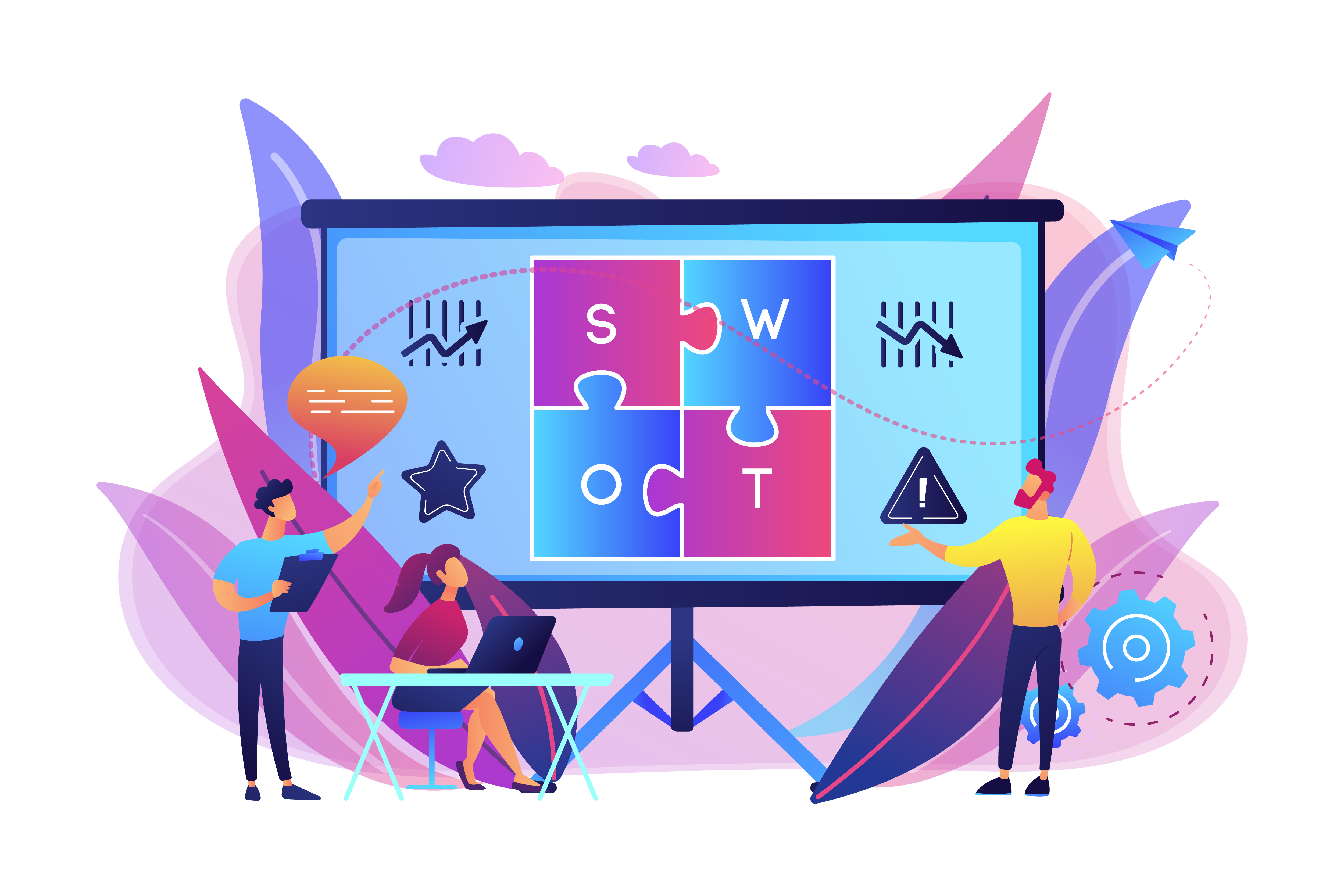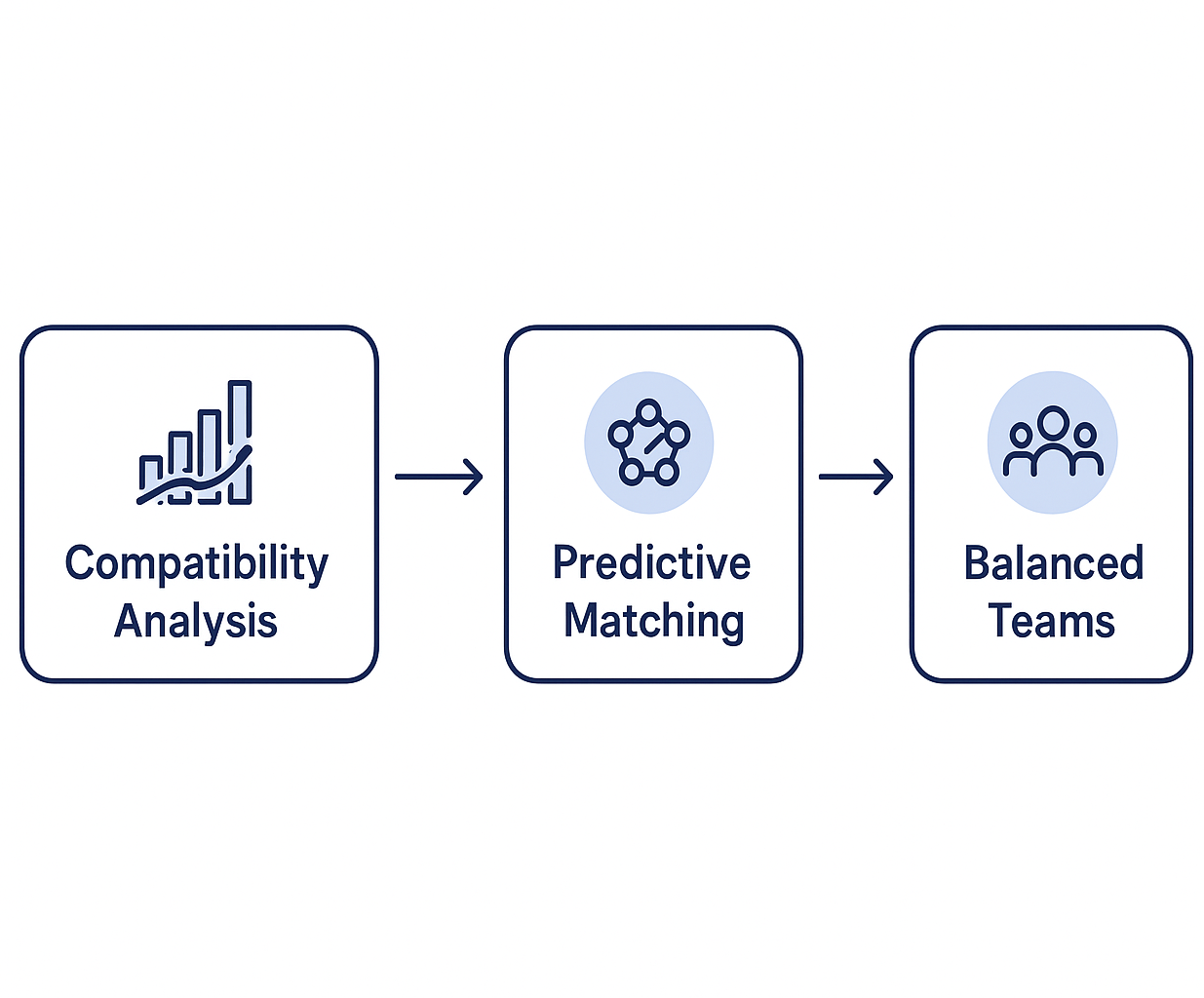Next-Gen Classrooms: Transforming Student Team Assignments with Predictive AI

Teamwork is no longer an optional part of education; it’s an essential skill for academic and professional success. Yet, the way teams are formed in classrooms has barely changed in decades. Too often, students are paired randomly or by convenience, leading to mismatched expectations, imbalances in effort, and uneven learning outcomes.
Enter Easy Pairing, where predictive AI is revolutionizing the way student team assignments are made. Instead of relying on chance, predictive algorithms ensure that teams are designed with collaboration, balance, and growth in mind. The result? Students not only learn course material but also gain valuable experience in working within high-functioning groups.
The Problem with Traditional Team Assignments
Traditional methods of team formation: alphabetical lists, seat proximity, or instructor preference, often fail to account for the nuances of collaboration. This creates several challenges:
- Uneven workload distribution: Some students over-contribute while others disengage.
- Clashing communication styles: Direct vs. indirect communicators often struggle without support.
- Skill gaps: Teams may lack diversity in strengths, reducing overall effectiveness.
These mismatches can lead to frustration, disengagement, and even conflict, undermining the benefits of teamwork.
Predictive AI: A Smarter Approach
Predictive AI takes classroom team assignments from random to strategic. Easy Pairing uses algorithms to analyze compatibility traits such as:
- Learning styles (visual, hands-on, discussion-driven)
- Academic goals (high achievement, steady progress, mastery of basics)
- Collaboration preferences (leadership roles, supportive roles, creative input)
- Availability and commitment levels
By weighing these factors, the system predicts which students are most likely to succeed together, forming teams that are both balanced and adaptable.

Benefits of AI-Matched Teams
When classrooms adopt predictive AI for team assignments, the benefits are immediate and long-lasting:
- Improved collaboration: Teams are built on complementary skills and styles.
- Reduced conflict: Compatibility reduces friction and fosters respect.
- Higher engagement: Students feel invested when their strengths are recognized.
- Stronger outcomes: Balanced teams perform better academically and socially.
- Preparation for the future: Students practice real-world teamwork aligned with professional expectations.
Scaling Across Classrooms and Institutions
The power of AI matching is its scalability. Easy Pairing can apply predictive assignments to:
- K-12 classrooms, where early teamwork skills prepare students for later education.
- University programs, where diverse student backgrounds demand thoughtful pairing.
- Global online learning cohorts, where cultural and communication differences are critical to success.
This adaptability ensures that predictive AI can support educators across multiple learning environments, turning team formation from a burden into a strategic advantage.

The Future of Classroom Collaboration
Next-gen classrooms will not only teach content but also model how effective teamwork operates. Predictive AI ensures that students are placed in environments that mirror the dynamics of future workplaces, where collaboration is intentional, balanced, and data-driven.
With Easy Pairing, educators gain a tool that removes the guesswork from team assignments, creating an environment where every student has the opportunity to grow, contribute, and succeed.
In summary: The future of classrooms is smarter, more collaborative, and more student-centered. By using predictive AI, Easy Pairing transforms student team assignments into a strategic process that builds stronger collaboration, reduces conflict, and prepares learners for the teamwork demands of tomorrow’s workplace.